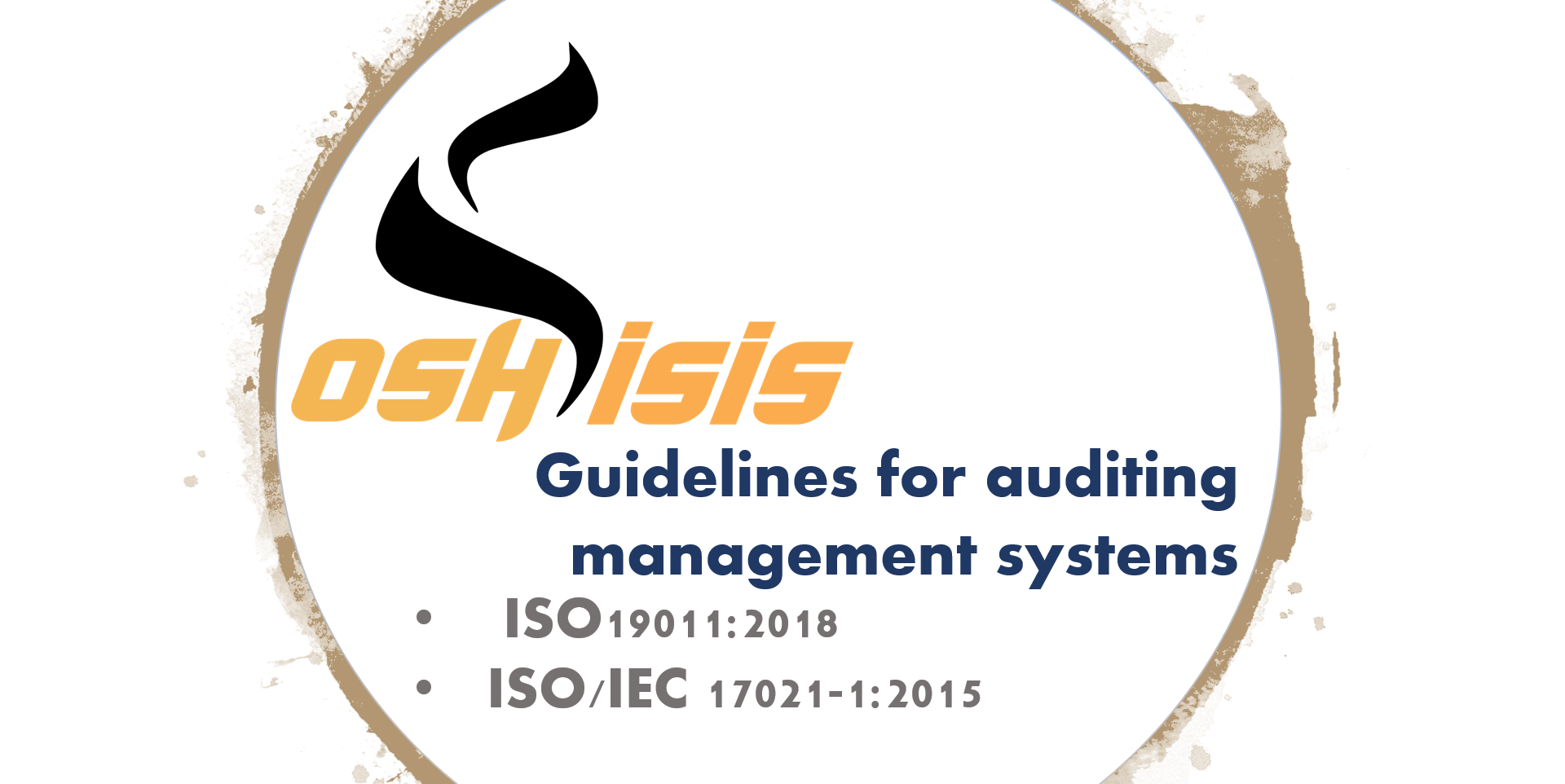
ISO/IEC 17021-1:2015 - Conformity assessment - Requirements for bodies providing audit and certification of management systems
Part 1: Requirements
3 Terms and definitions
For the purposes of this document, the terms and definitions given in ISO 9000, ISO/IEC 17000 and the following apply.3.1 certified client
organization whose management system has been certified
3.2 impartiality
presence of objectivity
Note 1 to entry: Objectivity means that conflicts of interest do not exist, or are resolved so as not to adversely influence subsequent activities of the certification body.
Note 2 to entry: Other terms that are useful in conveying the element of impartiality include, independence, freedom from conflict of interests, freedom from bias, lack of prejudice, neutrality, fairness, openmindedness, even-handedness, detachment, balance.
3.3 management system consultancy
participation in establishing, implementing or maintaining a management system
EXAMPLE 1 Preparing or producing manuals or procedures.
EXAMPLE 2 Giving specific advice, instructions or solutions towards the development and implementation of a management system.
Note 1 to entry: Arranging training and participating as a trainer is not considered consultancy, provided that, where the course relates to management systems or auditing, it is confined to the provision of generic information; i.e. the trainer should not provide client-specific solutions.
Note 2 to entry: The provision of generic information, but not client specific solutions for the improvement of processes or systems, is not considered to be consultancy. Such information may include:
- explaining the meaning and intention of certification criteria;
- identifying improvement opportunities;
- explaining associated theories, methodologies, techniques or tools;
- sharing non-confidential information on related best practices;
- other management aspects that are not covered by the management system being audited.
3.4 certification audit
audit carried out by an auditing organization independent of the client and the parties that rely on certification, for the purpose of certifying the client’s management system
Note 1 to entry: In the definitions which follow, the term “audit” has been used for simplicity to refer to third party certification audit.
Note 2 to entry: Certification audits include initial, surveillance, re-certification audits, and can also include special audits.
Note 3 to entry: Certification audits are typically conducted by audit teams of those bodies providing certification of conformity to the requirements of management system standards.
Note 4 to entry: A joint audit is when two or more auditing organizations cooperate to audit a single client.
Note 5 to entry: A combined audit is when a client is being audited against the requirements of two or more management systems standards together.
Note 6 to entry: An integrated audit is when a client has integrated the application of requirements of two or more management systems standards into a single management system and is being audited against more than one standard.
3.5 client
organization whose management system is being audited for certification purposes
3.6 auditor
person who conducts an audit
3.7 competence
ability to apply knowledge and skills to achieve intended results
3.8 guide
person appointed by the client to assist the audit team
3.9 observer
person who accompanies the audit team but does not audit
3.10 technical area
area characterized by commonalities of processes relevant to a specific type of management system and its intended results
Note 1 to entry: See Note to 7.1.2.
3.11 nonconformity
non-fulfilment of a requirement
3.12 major nonconformity
nonconformity (3.11) that affects the capability of the management system to achieve the intended results
Note 1 to entry: Nonconformities could be classified as major in the following circumstances:
- if there is a significant doubt that effective process control is in place, or that products or services will meet specified requirements;
- a number of minor nonconformities associated with the same requirement or issue could demonstrate a systemic failure and thus constitute a major nonconformity.
3.13 minor nonconformity
nonconformity (3.11) that does not affect the capability of the management system to achieve the intended results
3.14 technical expert
person who provides specific knowledge or expertise to the audit team
Note 1 to entry: Specific knowledge or expertise is that which relates to the organization, the process or activity to be audited.
3.15 certification scheme
conformity assessment system related to management systems to which the same specified requirements, specific rules and procedures apply
3.16 audit time
time needed to plan and accomplish a complete and effective audit of the client organization’s management system
3.17 duration of management system certification audits
part of audit time (3.16) spent conducting audit activities from the opening meeting to the closing meeting, inclusive>
Note 1 to entry: Audit activities normally include:
- conducting the opening meeting;
- performing document review while conducting the audit; - communicating during the audit; - assigning roles and responsibilities of guides and observers; - collecting and verifying information; - generating audit findings; - preparing audit conclusions; - conducting the closing meeting. . Copyright © 2021 OSH ISIS